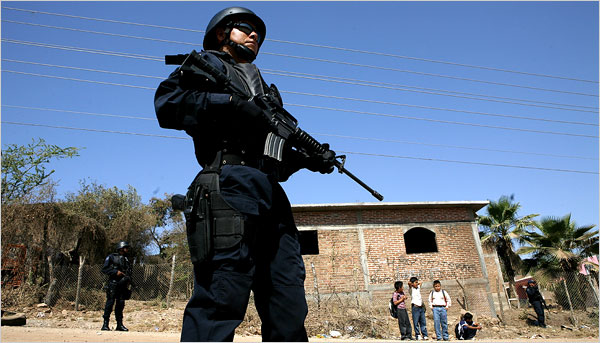South Carolina is emerging as the key battleground in the Republican primary for 2012–and the campaigns are accelerating their ad buys in the state.
Since his success in Iowa, Rick Santorum has raised $2 million in two days, $250,000 of it online. Santorum is using the money for a 1,000-point television ad buy in South Carolina–a very significant campaign, aiming, generally, to ensure that the targeted audience sees the ad ten times. (Air time is cheaper in South Carolina than in Iowa or New Hampshire, where the same ad buy would be more expensive.)
When Santorum enters the TV ad market, he’ll find he’s got competition. According to data obtained by Big Government, Ron Paul, Mitt Romney, and Rick Perry have purchased $295,273, $486,118, and $223,992, respectively, worth of television ads thus far. (SuperPACs supporting Romney and Paul have booked $147,000 and $185,000 respectively. Another SuperPAC supporting Romney spent $1.1 million last month. A SuperPAC supporting Santorum is preparing a significant ad buy of its own.)
There’s little other data to guide predictions in South Carolina: prior to last night, here had not been a poll reported from South Carolina since December 18, 2011–fully eighteen days prior. That is an eternity in this election cycle. Eighteen days before the Iowa caucuses, Gingrich was leading them. On caucus night, he was in a distant fourth place. Such is the fluidity of polling in this presidential campaign.
The Democratic polling firm, Public Policy Polling, had Romney leading by ten points in South Carolina last night, on its first night of polling. Remember, though, that this was the same polling firm that predicted Ron Paul would win the Iowa caucuses. It routinely overstates moderate Republican support and discounts conservative Republican support. Still, if that ten points holds, the race is over.
Rasmussen’s numbers–just out this morning–are a more optimistic for Santorum, and reflect his new status as the top contender to challenge Romney. With Romney at 27 percent, Santorum at 24 percent, and Gingrich at 13 percent, the new numbers suggest a significant shift in the race. Perry is a distant fifth (behind Ron Paul) at 5 percent.
Confident of a win in New Hampshire, where he is leading by a wide margin, Romney traveled today to South Carolina with Senator John McCain and South Carolina Governor Nikki Haley alongside. McCain narrowly won South Carolina in 2008 after former Senator Fred Thompson drew enough of the southern support to prevent Mike Huckabee from winning it. The Romney campaign is hoping that support for McCain and Haley in South Carolina will be enough to earn him votes.
However, a poll by Winthrop University between Nov. 27 and Dec. 4 showed only 34.6% of South Carolinians approve of Haley’s performance. Regardless, Romney’s been cutting ads showing his opposition to the National Labor Relations Board and Obama’s “union stooges” who fought Boeing over plans to expand production in the Palmetto State.
Rick Perry also believes he is in the hunt for South Carolina, sending out a mailer yesterday to raise $250,000 to keep his campaign alive. There are a number of competing theories as to why the Texas governor decided to stay in the race for the presidency. The most likely of these scenarios, chronicled in The National Journal and by Nate Silver at The New York Times, seems to be that his South Carolina team, lead by Katon Dawson, see a strategy for him to win South Carolina. Dawson knows South Carolina politics very well. He barely lost to Michael Steele for chairmanship of the Republican National Committee in 2009 and has grown the South Carolina Republican party outside of its traditional ranks.
Whatever the result in Tuesday in New Hampshire, it is South Carolina that may pick the winner–as it has in every Republican presidential primary since 1980.

COMMENTS
Please let us know if you're having issues with commenting.